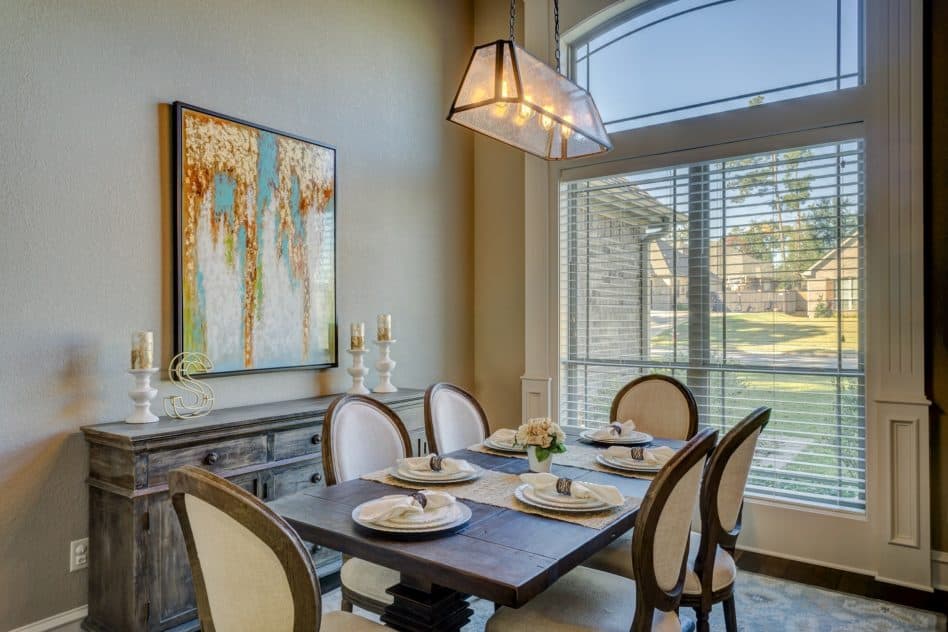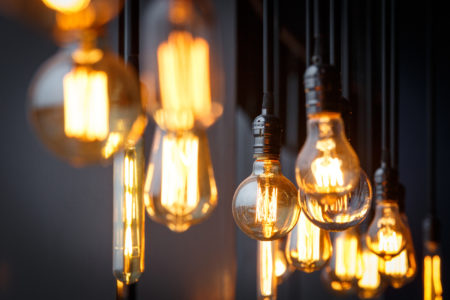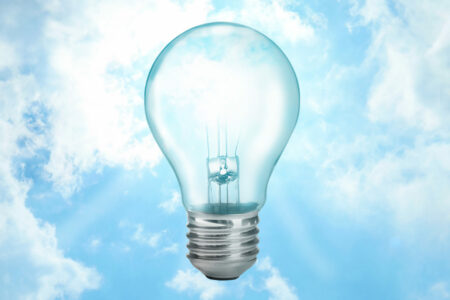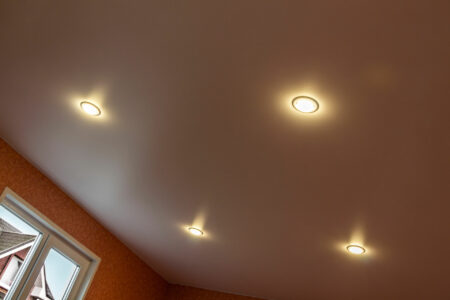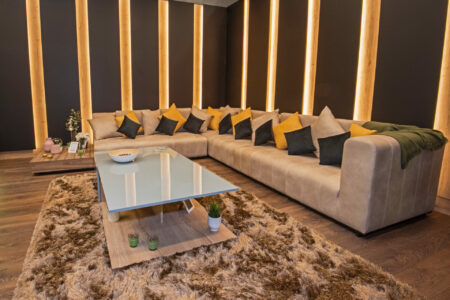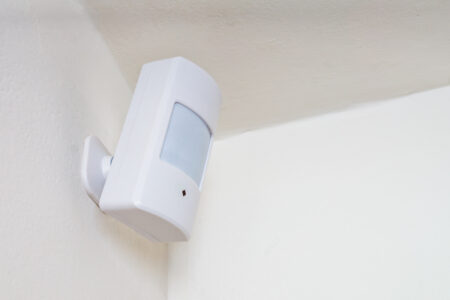LED lightbulbs save energy, last longer than regular bulbs, and in many cases, can even provide more light in a cleaner tone. Given how different they are from incandescent bulbs, one would think that you’d need special optimizations to use them.
The big question then becomes if putting LED bulbs in regular fixtures is possible. Strictly speaking, the answer is yes. There are, however, a few caveats. Things like fixture type, wattage, lumen capacity, and heat dissipation all play a part. These are all things you should consider before making the switch to LED bulbs.
Can You Put LED Bulbs In Regular Fixtures?
The biggest factor in deciding on any kind of lightbulb for any fixture is, obviously, wattage. Putting a high-watt lightbulb in a fixture that doesn’t provide the wattage it needs will result in some wierdness. It could be dull light, it could be shorting out, or it could even be the light just plain not turning on. This is common across all types of bulbs.
When it comes to LED light bulbs, they will turn on and work in any light fixture that provides them at least the minimum wattage they’re specified for. Because of the efficiency of LED bulbs, this figure is often very low. Some LED bulbs may even be tolerant of too little or too much wattage, to a certain point. This is yet another thing they share with incandescent and halogen bulbs.
The major variance factor is lumens. Supplying too much or too little voltage to any light will cause a fluctuation in the amount of light it outputs, but with LEDs, this can be especially dramatic. This is because their power needs fall far below most other types of lightbulbs out there.
To put it simply, look at the wattage and lumens together when buying an LED lightbulb. It may require only 8 watts to shine at a decent level, for example, but reaching that same lumen rating with an incandescent bulb would take far more power. One way to tell is to look at wattage equivalents when buying LED bulbs.
A 60-watt equivalent LED will put out as much light as a 60 watt incandescent, for example, but higher wattage equivalents don’t necessarily mean more energy usage. In theory, this means that you can get much more light out of a given wattage by using LEDs. Since LEDs are so efficient, you’ll be hard-pressed to end up putting in an LED that needs more energy than your fixture can supply.
Thankfully, most LED bulbs have built-in limits that keep them from emitting crazy amounts of light or blowing out when given more than they need. This means that, for the most part, you’ll be able to stick them in any fixture where you had a comparable incandescent or halogen bulb before.
Types of fixtures
There are certain types of light fixtures that will not readily accommodate LED lightbulbs. That’s not to say that they won’t work entirely, at least for the most part, but there are other issues worth taking into consideration. The main types of fixtures to watch out for are older fixtures with dimmer switches, air-tight fixtures, and multi-bulb fixtures.
With old-school dimmer switches, the electric current is altered by a hardware switch on an all-or-nothing level. This means that the switch controls voltage across the full spectrum of what the fixture can put out. This means that a dimmer on max can easily give an LED bulb far too much voltage. Conversely, bringing a dimmer switch way down low may bring your wattage below what’s needed to activate the LEDs, turning them off. Naturally, this abuse shortens the lifespan of the bulbs, which is a key draw of LED as a format.
As to enclosed lights, they shorten LED bulbs’ lifespans by retarding their cooling capabilities.While the traditional ceiling-mounted round light is just fine, some types of fixtures are more tightly enclosed. Some fixtures that are flush with walls and ceilings may not have adequate room to dissipate heat, some outdoor fixtures may be covered to prevent rain damage, and so on.
LED lightbulbs dissipate heat in a number of creative ways. There are basically tiny, low-power computers inside LED lightbulbs that regulate their power input and output, and these are normally tied to heatsinks. Airflow is vital to remove heat, mitigating damage from hot conditions and even possible hazards.
Finally, there’s multi-bulb fixtures. Other types of bulbs produce massive amounts of heat compared to LED bulbs. While LEDs do produce a small measure of heat, they’re very sensitive to heat and must dissipate it in order to function properly and give you the long life that LED bulbs are famous for.
When put in an enclosure with another, hotter type of bulb, LEDs have to contend with both their own heat and the other bulbs’ heat. Other bulbs tend to give off high heat, and LED bulbs mostly dissipate their own heat through passive means. This means that the heat in such a scenario would be too much for the LED to handle, shortening its lifespan and potentially causing serious problems.
Maximizing Life
There are a few ways to maximize the life of your LED bulbs. Chief among these is keeping the bulb in cool conditions as much as possible. Avoiding the scenarios listed above also helps. On average, most LED bulbs can last a good five years or so under the right conditions. They can, however, last much longer.
The way to do this is by updating your home’s light fixtures. Most market-ready LED bulbs have a self-contained electronic driver that regulates everything, and this is the part that wears down the fastest. To lengthen the life of your LED bulbs, you can eliminate this part altogether.
Light fixtures with built-in LED drivers are out there, and they’re not all that expensive. Once you have one, you can use driverless LED bulbs. This means fewer parts in the bulb, longer life, and less things that can go wrong. Depending on your lighting needs, the upfront cost of retrofitting may well be worthwhile.
